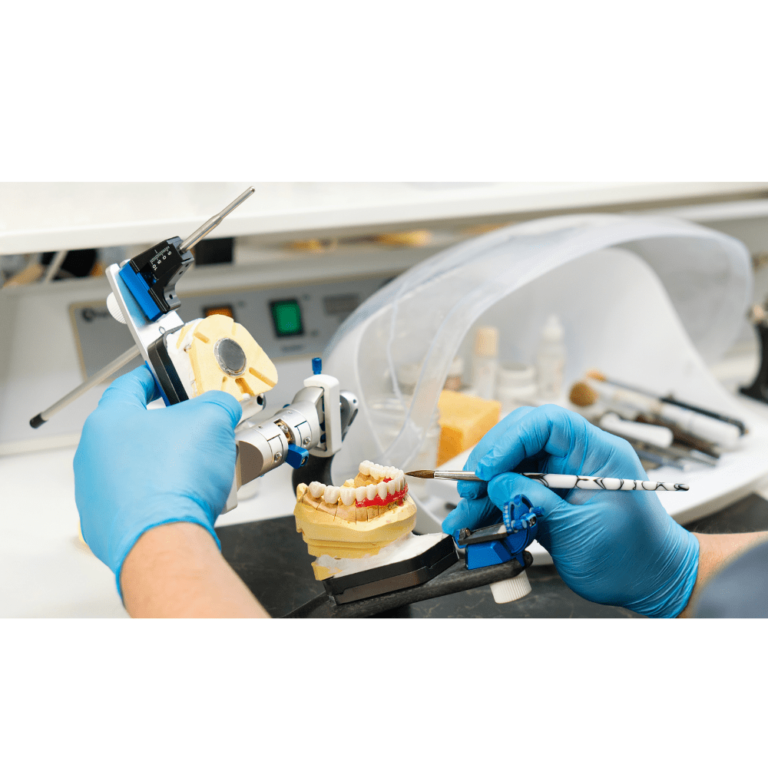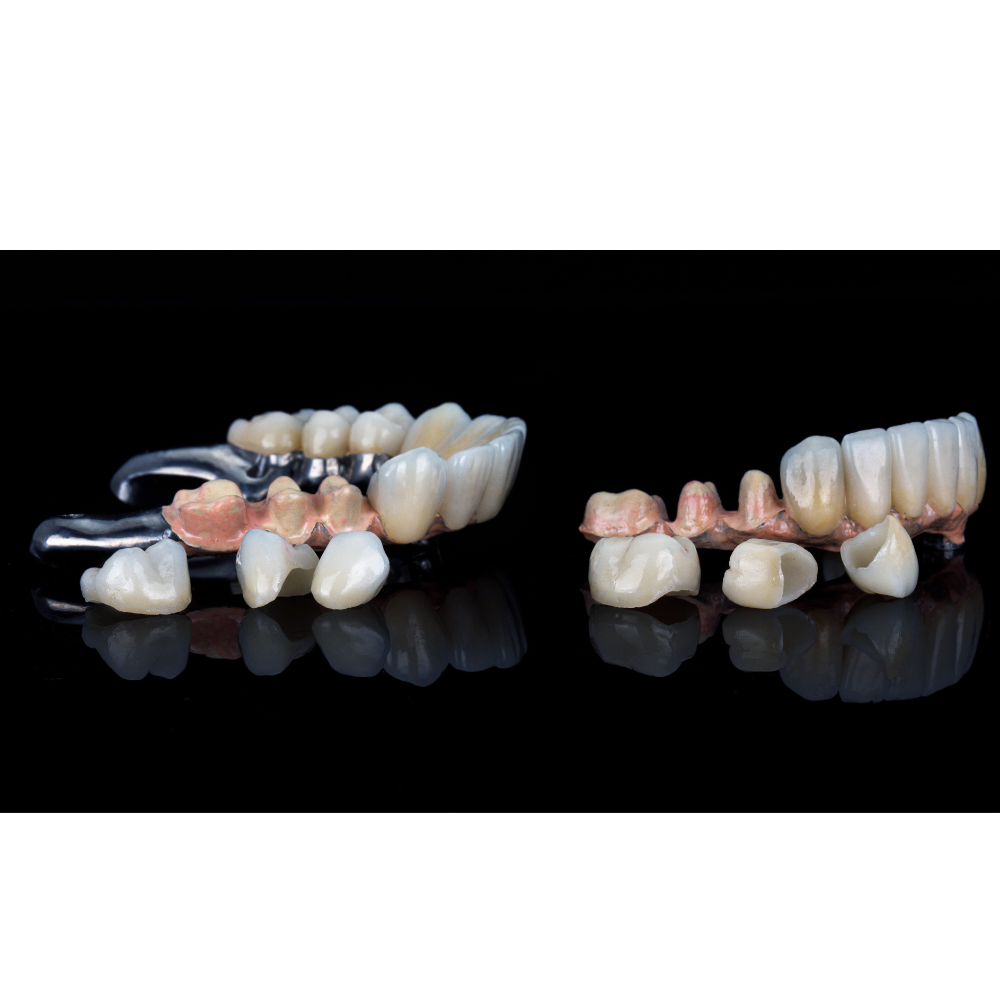How Many Teeth Can Be Replaced With A Bridge? | The Limitations
Dental bridges are like superheroes when it comes to replacing missing teeth and seamlessly restoring your smile and confidence. They make you feel like you haven’t lost anything—except maybe the excuse to avoid corn on the cob at family barbecues! But, if you’re about to opt for teeth replacements with a bridge, you must know to what extent it can help you. Before diving into the details about the number of teeth you can replace with bridges, let’s get to know how they work!
How do Dental Bridges Work?
Dental bridges work by filling the gap created by missing teeth, reestablishing overall facial expression and smile as permanent teeth bridges. They restore the ability to chew and speak clearly and also help prevent neighboring teeth from moving out of position. Dental bridges also work as a distributing power for chewing evenly across neighboring teeth.
How Many Teeth Can Be Replaced With A Bridge?
Dental bridges usually start from one to four teeth depending upon the patient’s requirement. Sometimes six teeth can also replaced by a bridge if the patient has several missing teeth in a row or an entire arch. Even multiple missing teeth can be replaced, reestablishing both function and aesthetics.
Here is the complete teeth replacement procedure with the bridges.
The Replacement Procedure
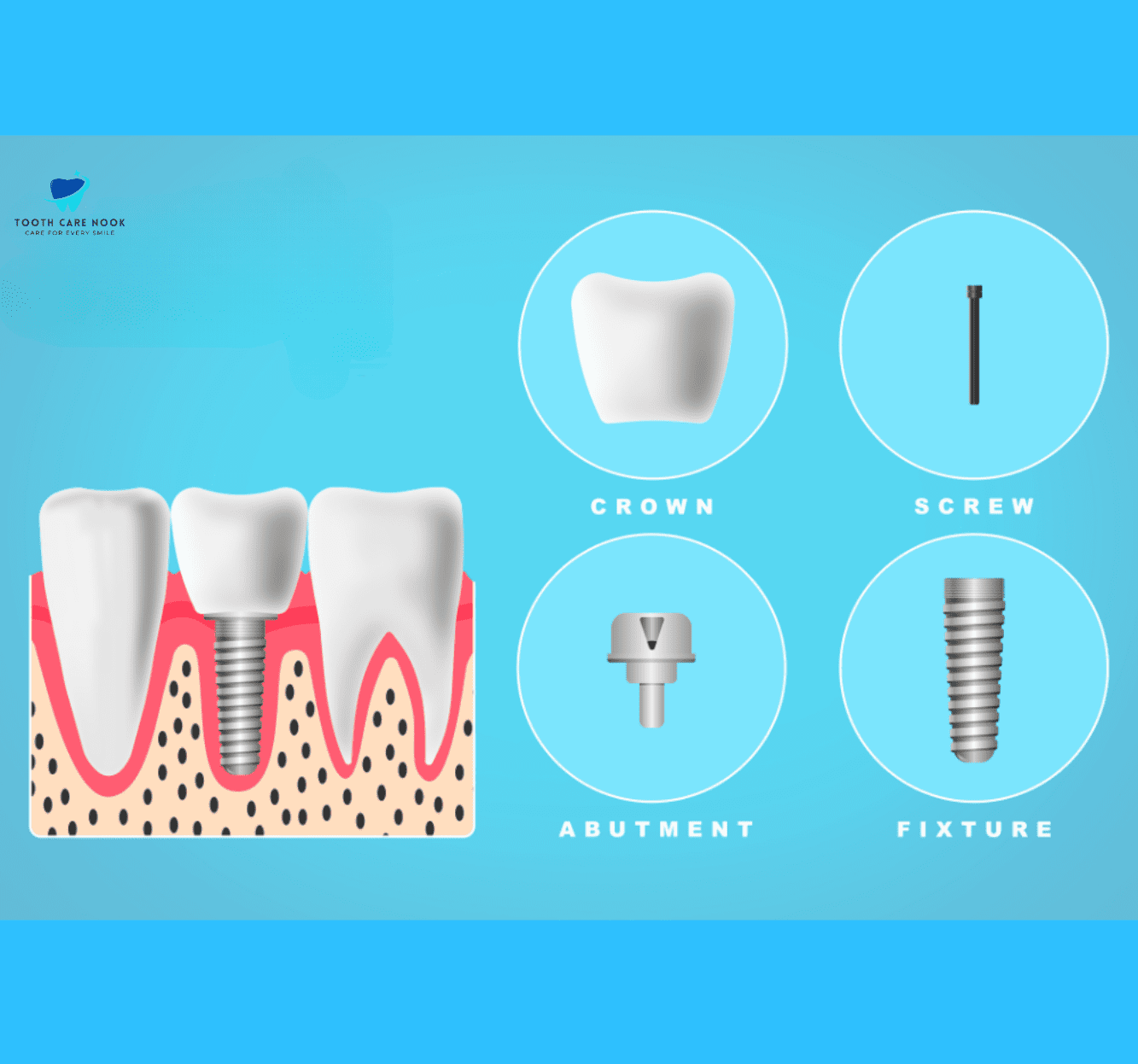
The Treatment Plan:
The treatment plan covers the type of bridge to be used, the number of missing teeth to be replaced, and if there is any important preparation for the procedure.
Preparation of Abutment Teeth:
The preparation step makes space for the situation of dental crowns, which will secure the bridge setup. Here the neighboring or side normal teeth will act as a helper for the bridge.
Creation of Permanent Bridge:
Depending on the type of bridge chosen, different materials like porcelain, metal, or a blend of both might be used by skilled technicians in a dental laboratory to make the permanent bridge.
Bridge Fitting:
Once the permanent bridge is ready, it is carefully checked for fit, aesthetics, and chewing alignment. The vital changes are made to guarantee an agreeable and practical fit inside the patient’s mouth.
Final Adjustments:
Lastly, the permanent bridge is reinforced into place after satisfactory changes are made. The crowns on the abutment teeth are secured, and the artificial teeth of the bridge fill the hole left by the missing teeth.
Different Types of Bridges
Some of the bridge options for missing teeth include;
Traditional Dental Bridge:
The traditional bridge process involves preparing the abutment teeth by removing a small portion of their enamel to adjust the crowns. The pontics are then attached to these crowns and help fill the gap left by the missing tooth or teeth.
This bridge is a suitable option for you if you have one or more adjacent teeth missing and have healthy natural teeth on each side of the gap.
Cantilever Bridge:
Cantilever bridges are effective in situations where they exert more stress on the supporting tooth, requiring careful consideration of the teeth’ power and health.
They are commonly used when the missing tooth is at the back of the mouth or when there’s only one close tooth available for support.
Maryland Bridge:
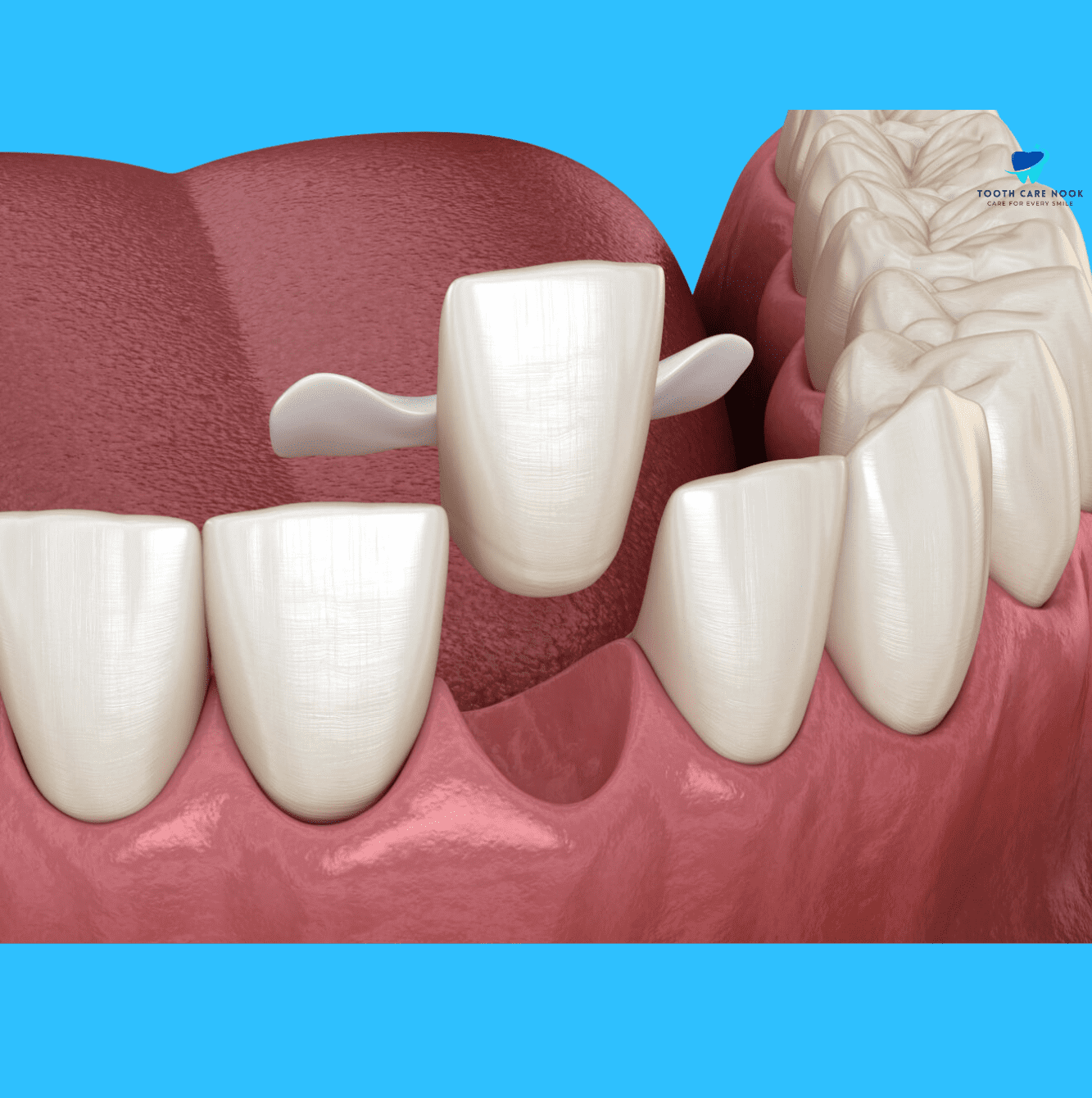
The Maryland Bridge (also known as a resin-bonded bridge or Maryland-bonded bridge) uses a metal or porcelain system bonded to the backside of the adjacent teeth with pitch concrete.
This type of bridge option is preferable for you if your adjacent teeth are healthy and don’t require any critical adjustment.
Implant-supported Bridge:
Implant-supported bridges use dental inserts for support as a foundation for the artificial teeth. Dental implants are carefully positioned into the jawbone to the foundations of natural teeth.
This bridge option is particularly useful for you if you have multiple teeth missing in a row or when the nearby teeth are powerless or compromised.
Some Common Dental Bridges
3-Tooth Dental Bridge:
3-tooth dental bridges usually consist of three artificial teeth connected. It reestablishes both the aesthetics and capability of the smile and also provides a fixed solution for your tooth replacement.
4-Tooth Dental Bridge:
4-tooth dental bridges consist of four artificial teeth(pontics) connected in a row. This option is usually used when two adjacent teeth are missing, the remaining normal teeth’s gap is filled with the two points.
5-Tooth Dental Bridge:
5-tooth dental bridges consist of five artificial teeth connected. This option is usually used to replace three adjacent missing teeth, with two ponints filling the gap between the normal teeth.
6-Tooth Dental Bridge:
6-tooth dental bridges include six artificial teeth organized consecutively. This is used when there are four missing teeth in a row, with three points filling the gap between the natural teeth.
Bottom Teeth Dental Bridge:
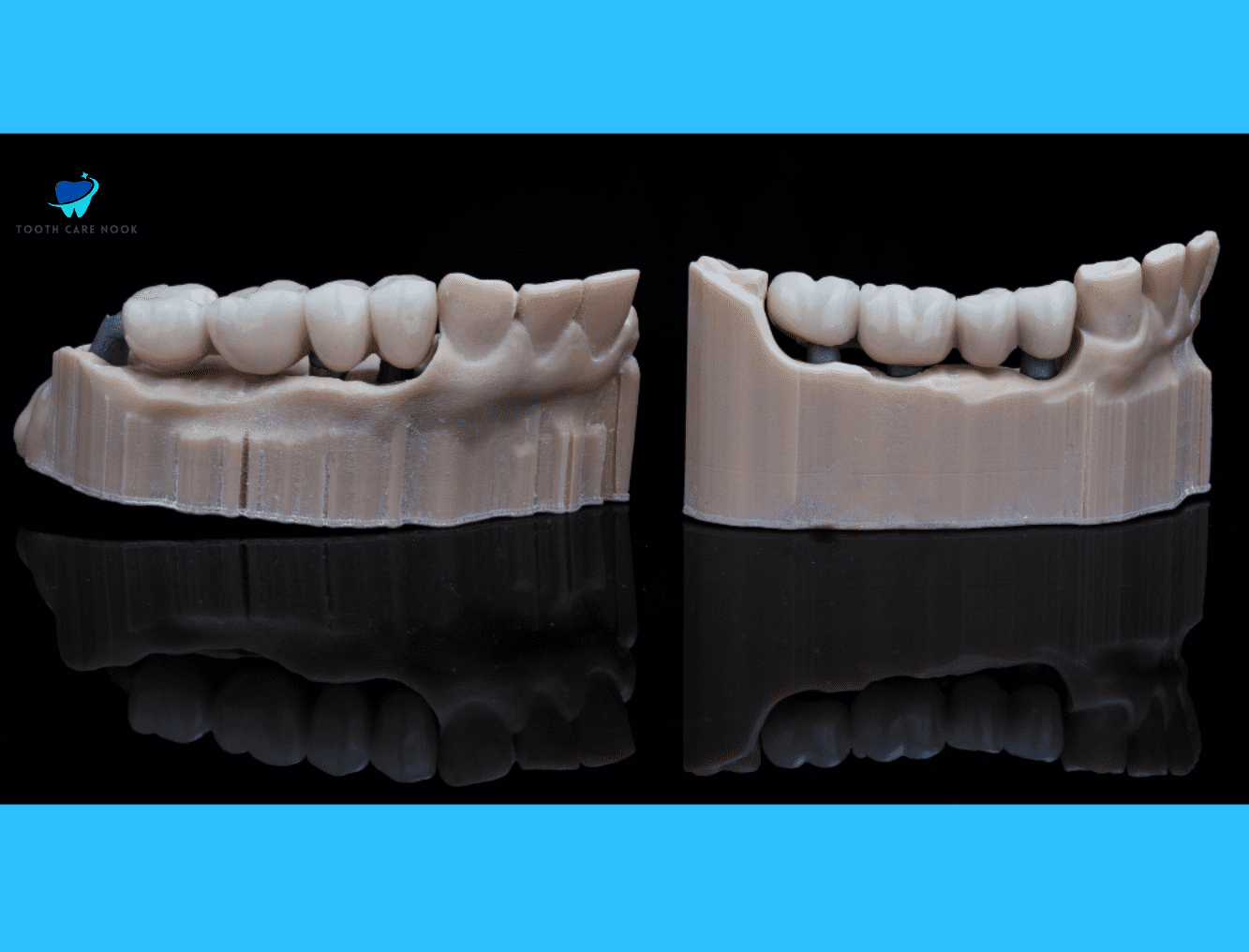
The bottom teeth dental bridges are any type of dental bridge used to replace missing teeth in the lower jaw. The bridge design depends upon the number of missing teeth, the state of the remaining natural teeth, and the patient’s wish.
Benefits of Dental Bridge
- Dental bridges help you to chew and eat a wide variety of foods easily.
- Bridges help improve speech clarity and pronunciation, by filling the gaps left by missing teeth.
- Custom-designed bridges are fastidiously created to guarantee a comfortable fit inside the mouth while limiting inconvenience or disturbance.
- Not at all like removable dentures, dental bridges are fixed and set up and don’t need to be removed for cleaning or support, offering added comfort to patients.
- By filling in the hole left by missing teeth, bridges assist with saving bone thickness in the jawbone, forestalling bone misfortune, and keeping up with oral health.
- Dental bridges offer a cost-effective solution for tooth replacement.
What Can Be Expected in the Long Term with a Bridge?
Dental bridges can provide you with long-term functional and aesthetic benefits like aesthetic changes, durability, oral health maintenance, and bone preservation. You will expect it by regular dental check-ups and maintaining good oral cleanliness are important factors for guaranteeing the life span and outcome of the bridge over the long run.
FAQs
How long does a dental bridge last?
The life expectancy of a dental bridge is between 5 to 15 years or considerably longer.
How can I care for my dental bridge?
A few critical ways to focus on taking care of your dental bridge include regular oral hygiene, flossing daily, avoiding hard foods, limiting sweet food sources and drinks, and wearing a mouthguard. By taking care of these tips you can take care of your dental bridge.
Can you get a bridge for one tooth?
Yes, you can get a bridge for one missing tooth known as a traditional dental bridge.
Do bridges feel like real teeth?
Yes, dental bridges for the time being will make you feel precisely like real teeth.

